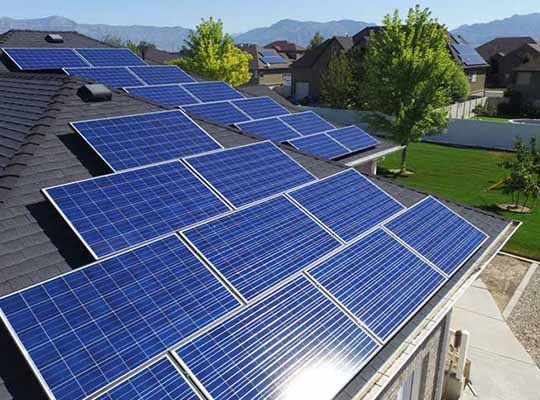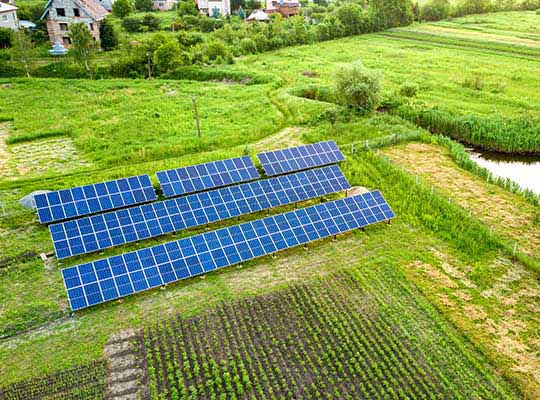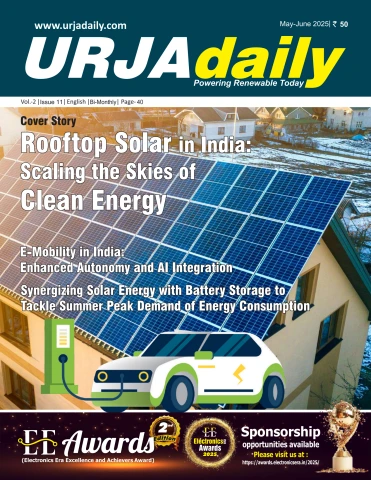The Karnataka Electricity Regulatory Commission has passed an order on generic solar tariffs for the state. It has hiked solar rooftop tariffs to Rs 4.02, mainly in an effort to increase rooftop solar adoption, an area where the commission felt progress had been tardy.
KERC has determined the generic tariff as follows:
- For grid connected megawatt scale solar power projects of less than 5 MW capacity at Rs. 3.10 per unit.
- For grid connected megawatt scale solar rooftop photovoltaic power projects of 1 kW to 2000 kW (excluding 1 kW to 10 kW) at Rs. 3.19 per unit and
- For grid connected solar rooftop photovoltaic projects of 1 kW to 10 kW for domestic consumers at Rs. 4.02 per unit (without capital subsidy) and at Rs. 2.67 per unit (with capital subsidy).
The commission has stated that the new tariff will be applicable to all such new solar power projects for which PPAs are entered into on or after April 1, 2021. The tenure of the PPA will be for the life of the solar power projects, i.e. 25 years.
KERC said that all the issues not covered under this order will be governed by the respective regulations and orders issued by the commission and PPAs/other agreements executed with the parties.
The order will come into effect from April 1, 2021, and will be applicable for the control period FY22 and FY23.
The new rates make Karnataka one of the more attractive states when it comes to rooftop solar tariffs for sellers. The Union territory of Daman and Diu offers the highest rate possibly, at Rs 4.74/unit.
Maharashtra, for reference, offers just Rs 2.90/unit.
KERC has gone with a useful life assumption of 25 years for solar power projects, and these tariffs will apply for a 25 year period accordingly for approved projects. Borrowing costs have been taken at 10% for calculation.
The Commission allowed 0.5% of the net generation as an annual degradation factor commencing for large-scale projects from the fifth year onwards. It adopted the minimum capacity utilization factor for solar power projects at 21%.
Finally, a debt-equity ratio of 70:30 for all solar power projects has been considered while building the tariff structure that would deliver .14% return on equity.













